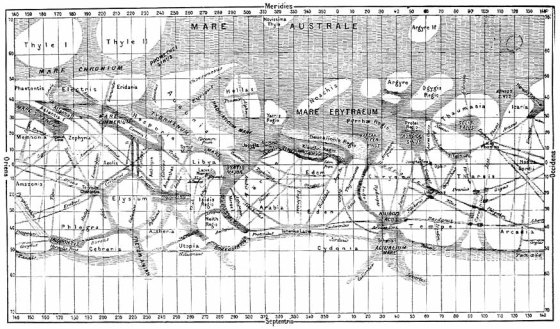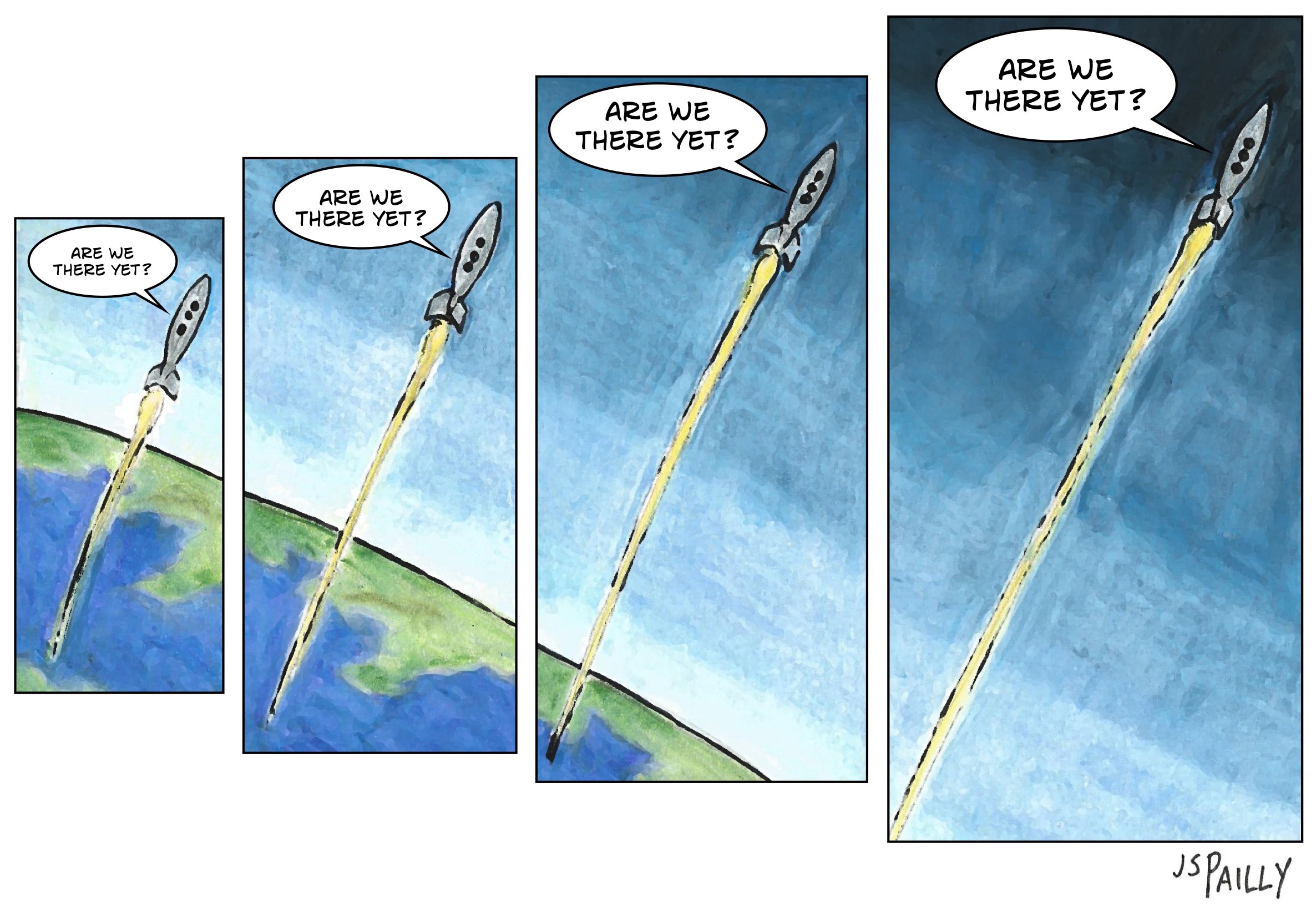You remember that meteorite from Mars? The one that purportedly had fossilized Martian microorganisms inside it? The controversy over that meteorite has never been fully settled. And now, it’s not just one meteorite. Now there are two of them.

That original meteorite was named ALH-84001. Names are important. You can learn a lot simply by understanding where a name came from. The name ALH-84001 tells us a bit about this particular meteorite’s history. It was found in the Allan Hills region of Antarctica (ALH) during a 1984 scientific expedition (84), and it was the first meteorite found by that expedition (001).
This new meteorite is named ALH-77005, so right there you know some important things about it. It was found in the same region of Antarctica, a few years before ALH-84001. And like ALH-84001, ALH-77005 sat in storage for a while before anyone got around to examining it. In fact, it sounds like ALH-77005 has been sitting in storage for a whole lot longer than ALH-84001 did.
When I first heard about ALH-77005 and the surprises that were found inside it, my initial reaction was enthusiastic. Surely this would bolster the Martian fossil hypothesis for ALH-84001, I thought. But after some of the research and having some time to think, I don’t think this new evidence actually changes anything.
It’s still possible that something happened to ALH-84001 once it landed here on Earth. For example, maybe Earthly microorganisms somehow wormed their way inside the rock. If so, the exact same thing may have happened to ALH-77005. So have we found new evidence of life on Mars, or new evidence of life in Allan Hills? There’s still no way to tell for sure.
But it does make you wonder: how many more meteorites are just sitting in storage, waiting to be opened up?










